Create k8s Cluster
Create a Cluster
- In GCP, go to
Kubernetes Engine > Clusters
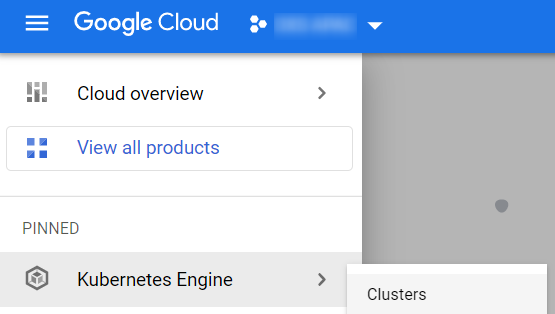
- Click
Create. Choose a GKE Standard cluster and set the name as<yourinitials>-keptn-cluster

- Wait for cluster creation to finish (can take up to 15mins). Click the 3 dots icon > connect and
Run in cloud shell
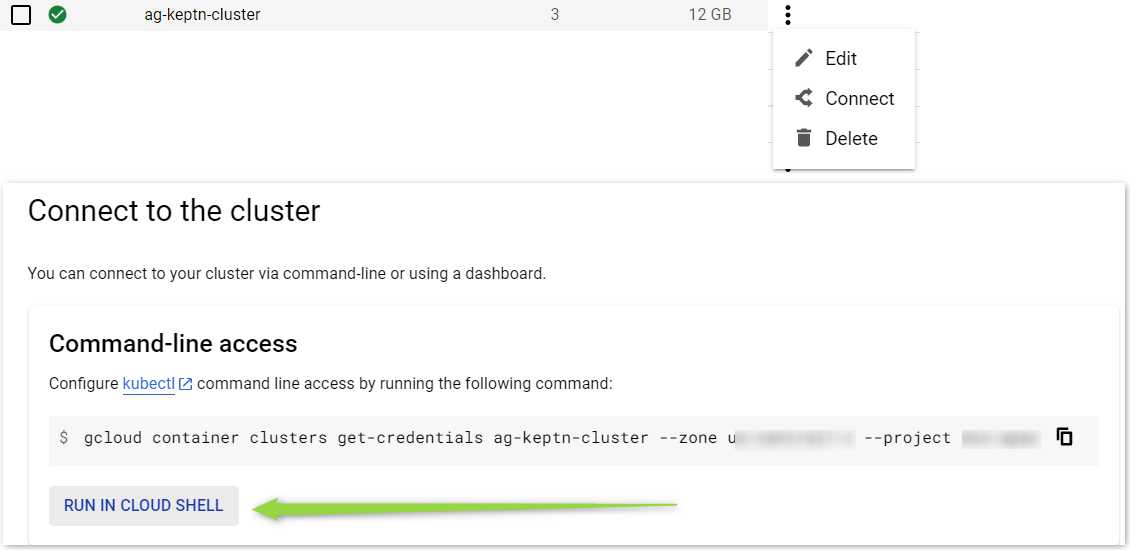
Install Keptn CLI
Much like the kubectl command line tool for Kubernetes, Keptn comes with a keptn CLI tool to interact with your Keptn installations.
Install it now:
curl -sL https://get.keptn.sh | KEPTN_VERSION=0.15.1 bash
Verify:
keptn version
Install Keptn Control Plane on Cluster
Keptn is a set of microservices. It is useful to think of Keptn as a two-part product:
- The Keptn control plane: This is the set of microservices that form the “brains” and processing logic
- The Keptn execution plane: Any out-of-the-box or additional microservices you add to “do stuff”
Install the Keptn control plane on your cluster and expose it on a LoadBalancer:
helm repo add keptn https://charts.keptn.sh && helm repo update
helm install keptn keptn/keptn \
-n keptn --create-namespace \
--wait \
--version 0.15.1 \
--set=control-plane.apiGatewayNginx.type=LoadBalancer
Keptn is installed in the keptn namespace. Run kubectl get services to show the Load balancer IP. Visit that in a web browser. This is the Keptn bridge.
Retrieve Keptn Bridge Username and Password
Retrieve the Keptn bridge Username (default: keptn)
kubectl -n keptn get secret bridge-credentials -o jsonpath={.data.BASIC_AUTH_USERNAME} | base64 -d ; echo
Retrieve the Keptn bridge password:
kubectl -n keptn get secret bridge-credentials -o jsonpath={.data.BASIC_AUTH_PASSWORD} | base64 -d ; echo
Login to the bridge with these details.
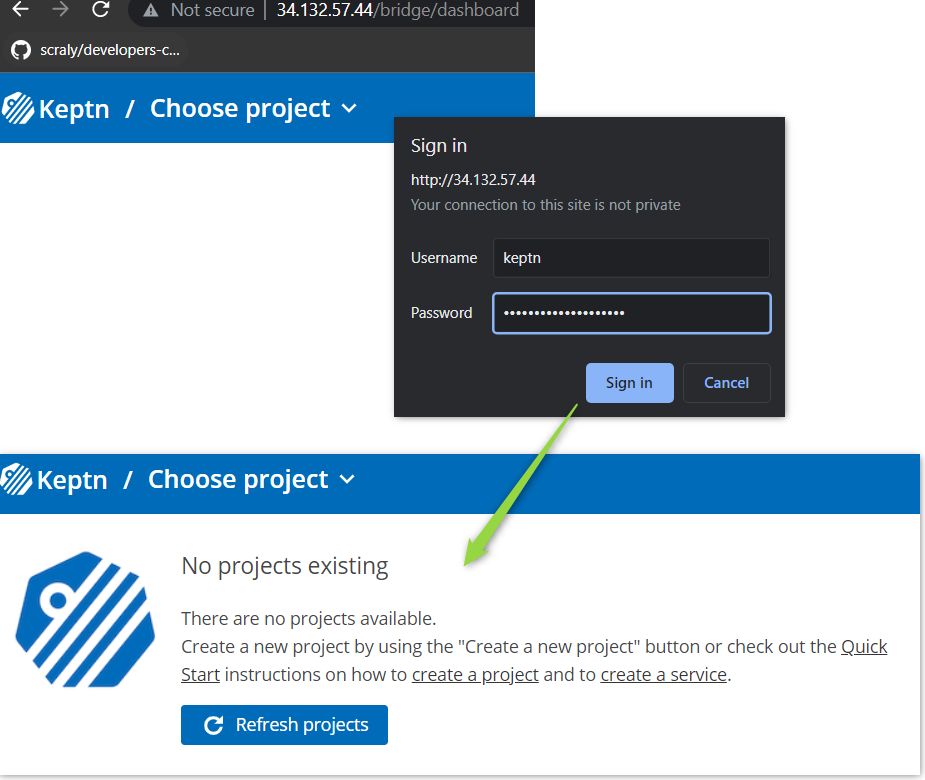
Authenticate keptn CLI
Under the “little person” icon on the top right of the screen you’ll see a link to copy a prefilled keptn auth command.
Click the blue box to copy it to the clipboard and run that in Google cloud shell
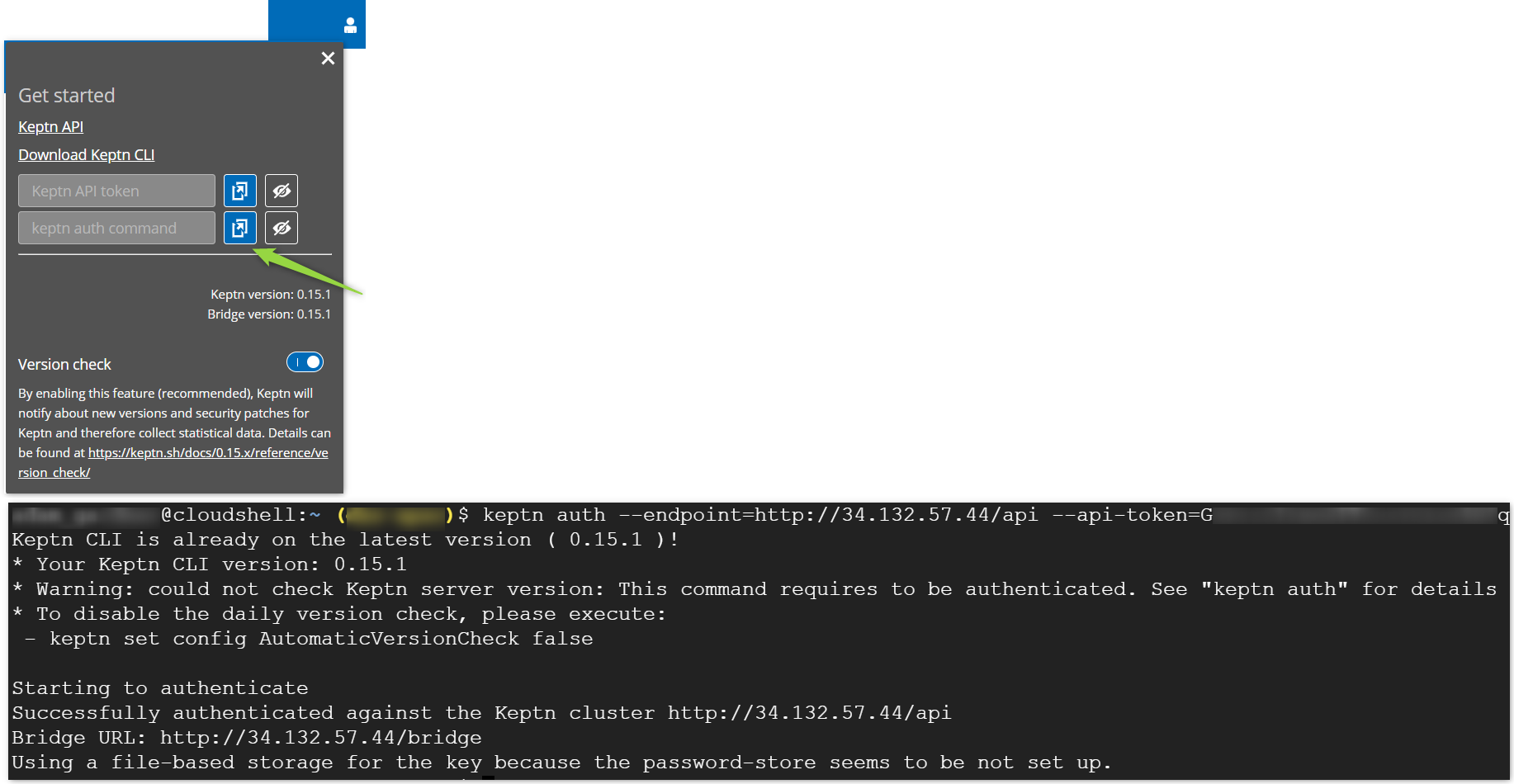
Validate by running keptn get projects. This should currently show No projects found

Questions
Why is Killercoda not used?
The killercoda environments expire and this way, you have a persistent cluster, all settings and files for reference after the training
Does Keptn work with GKE Autopilot?
Yes, but since Autopilot evaluates and creates nodes on-the-fly when pods start, Autopilot can be very slow.
For this reason only, the training uses a standard cluster.
